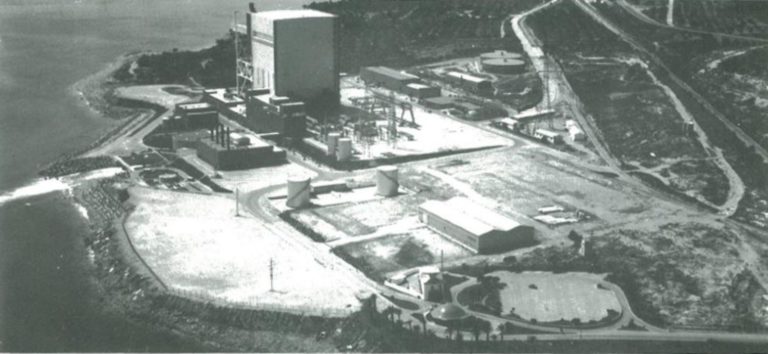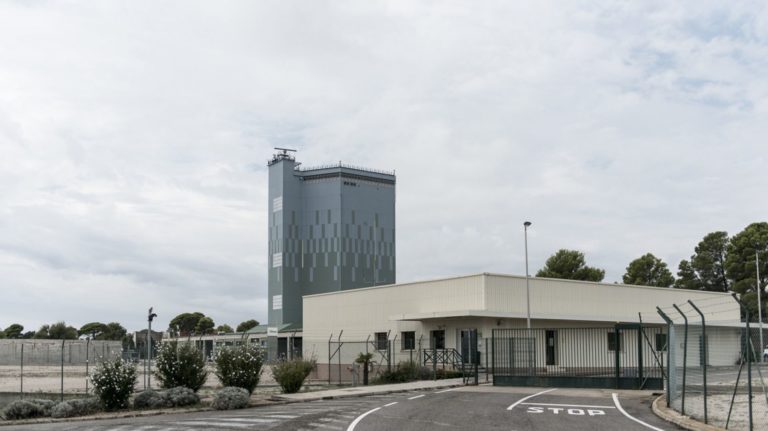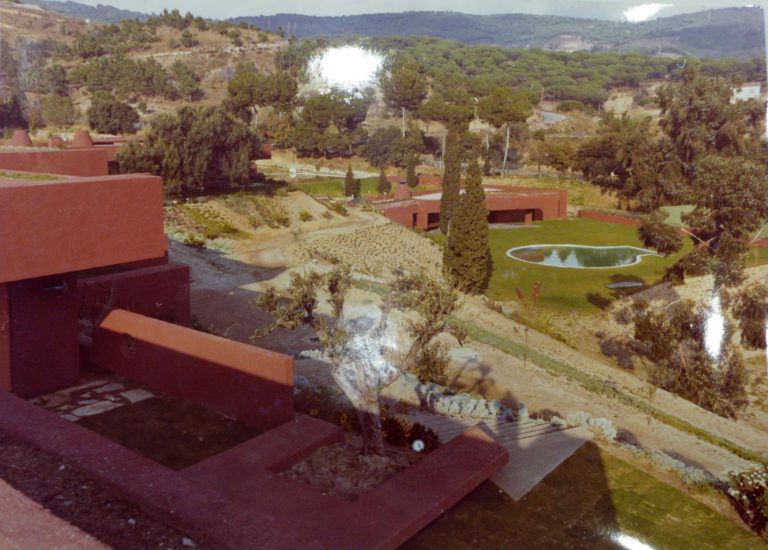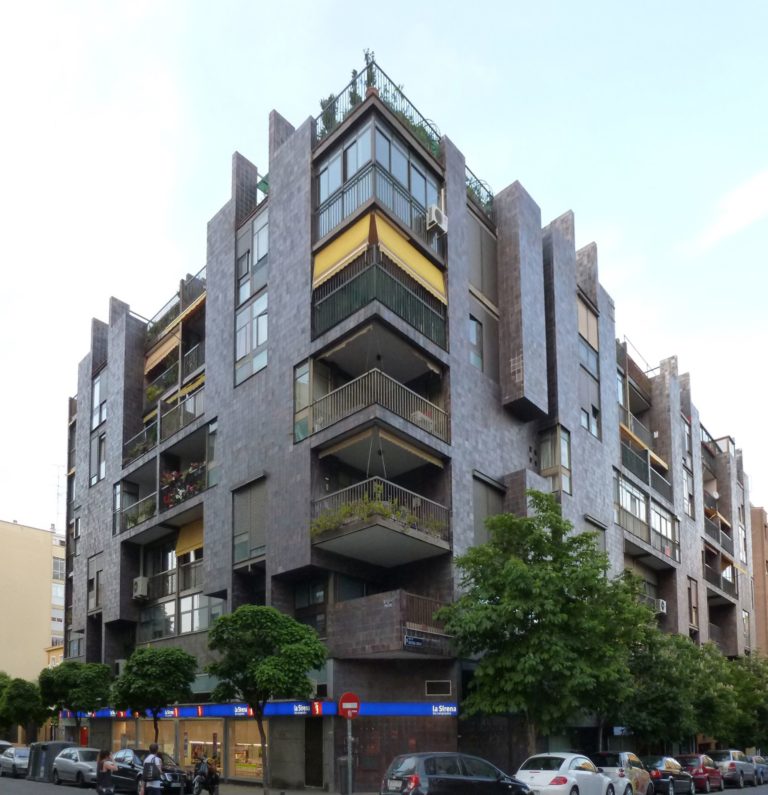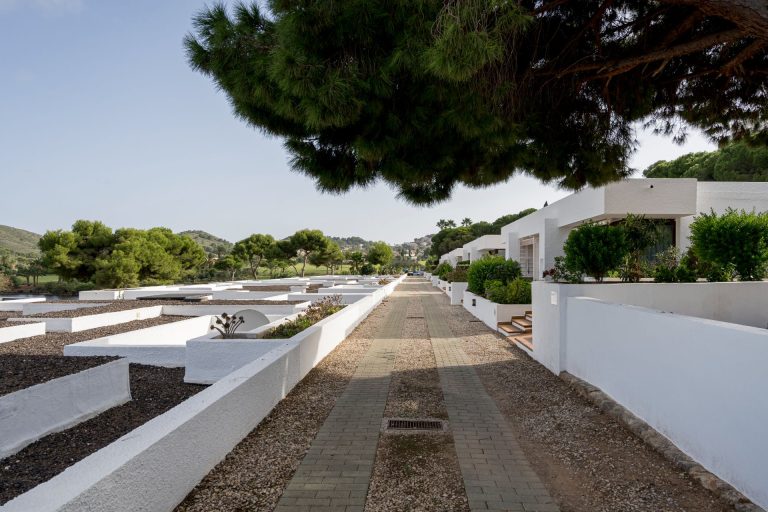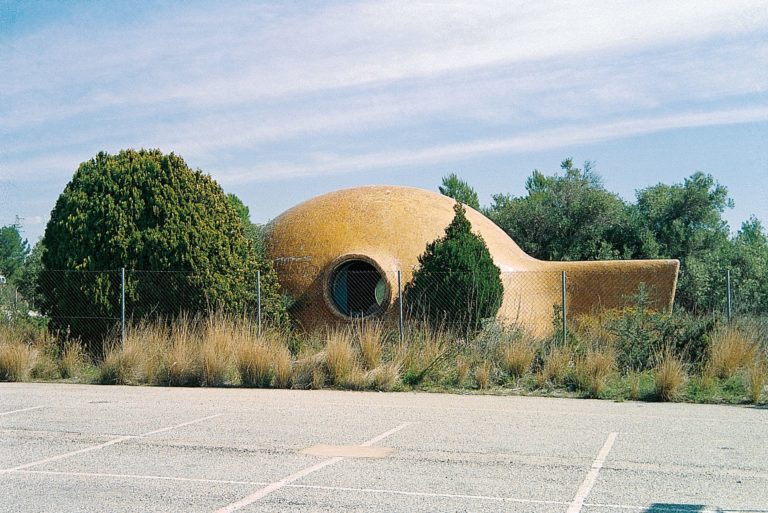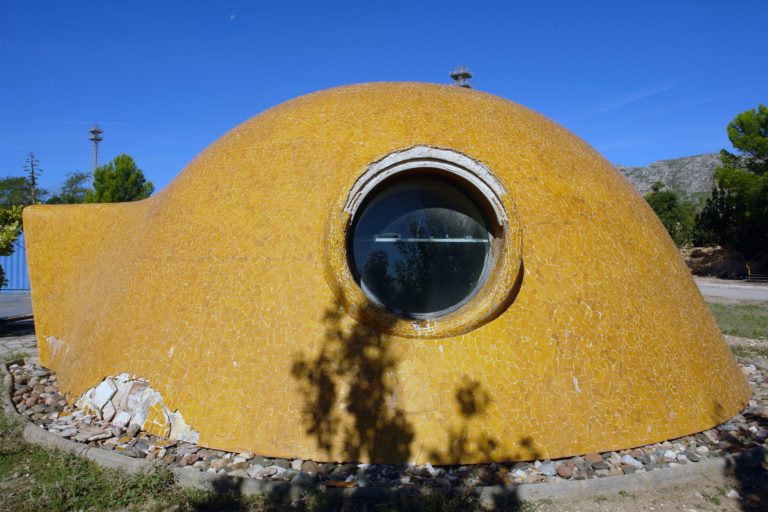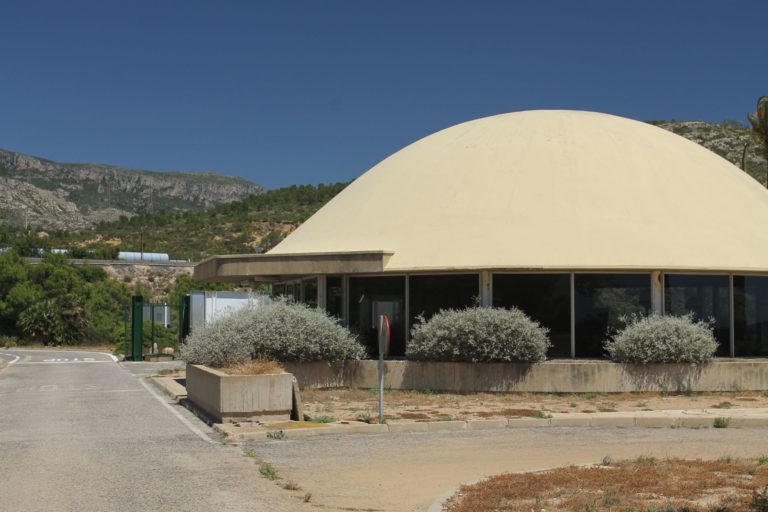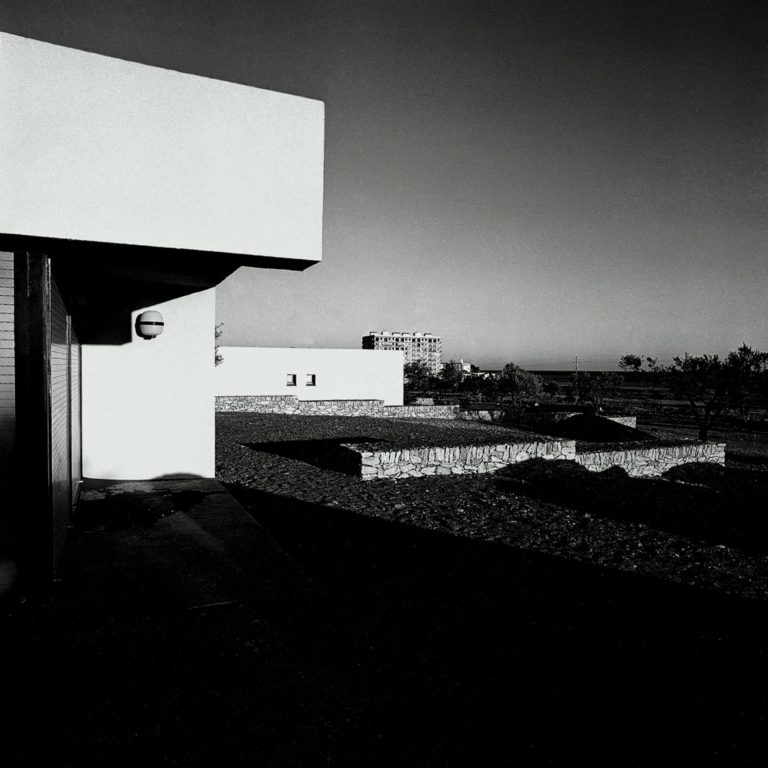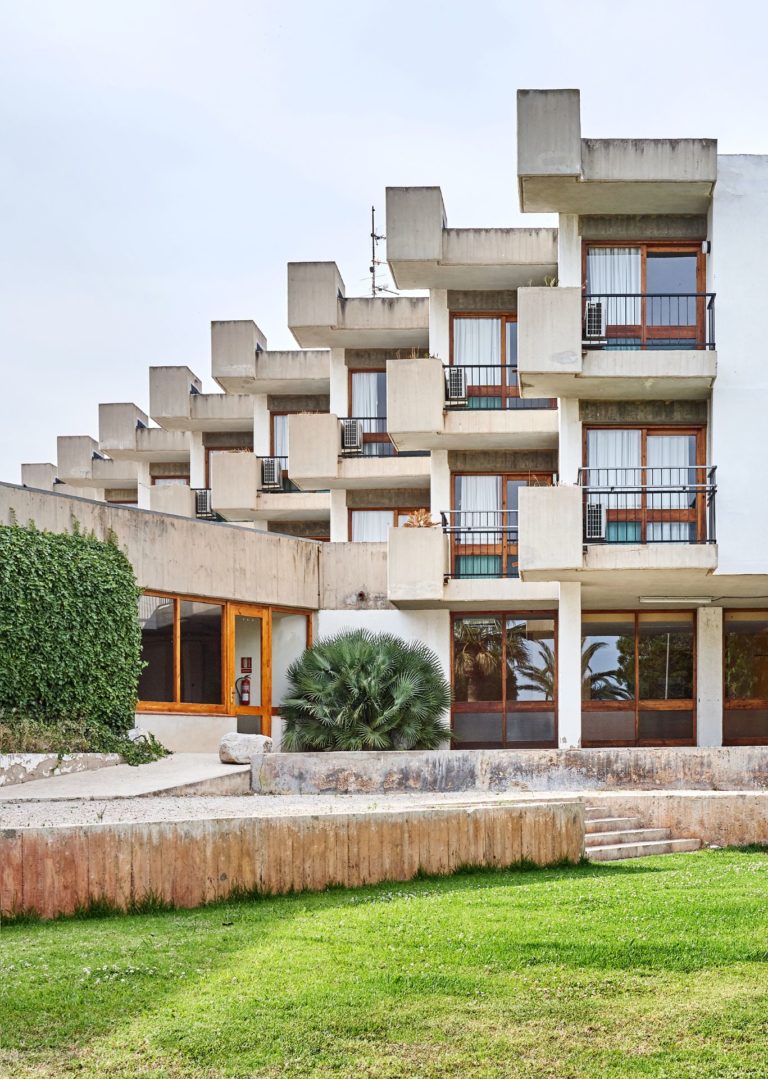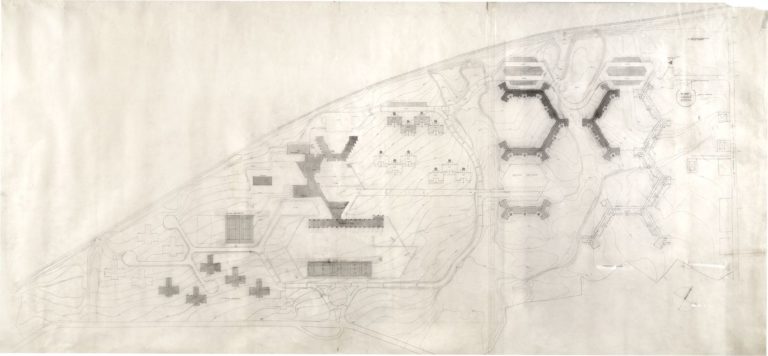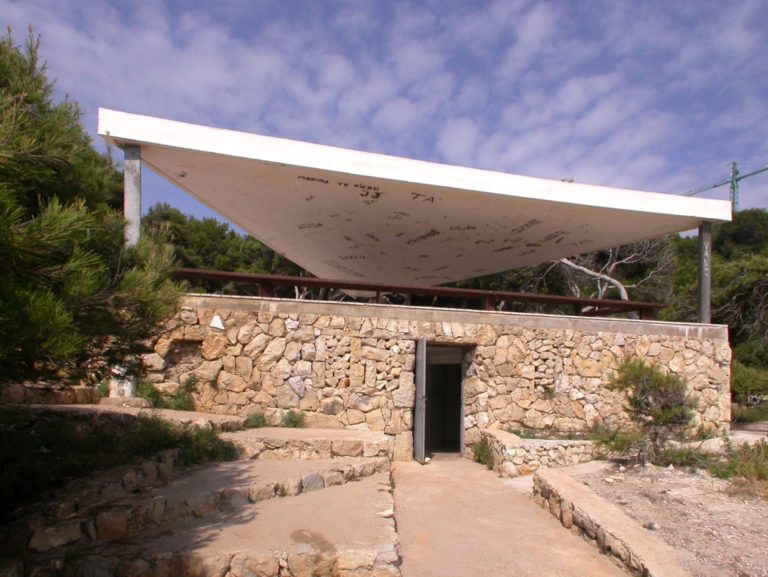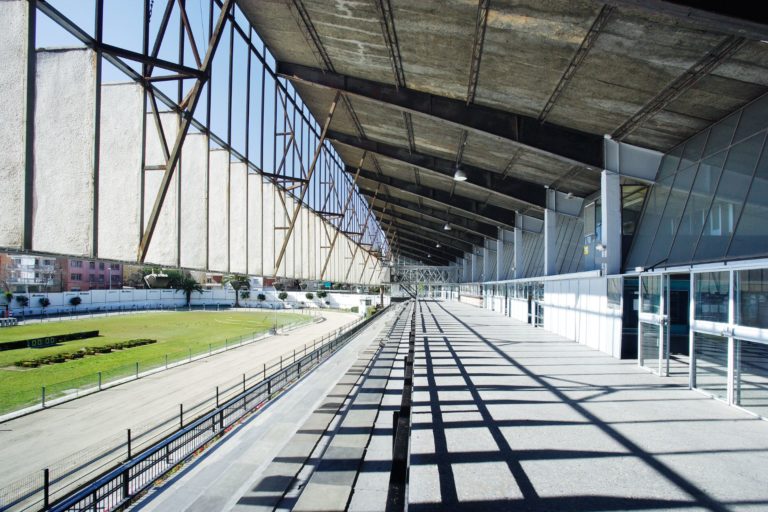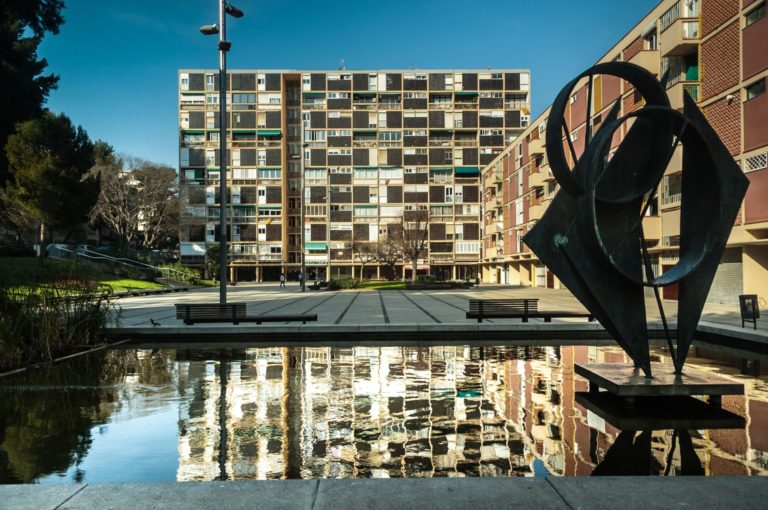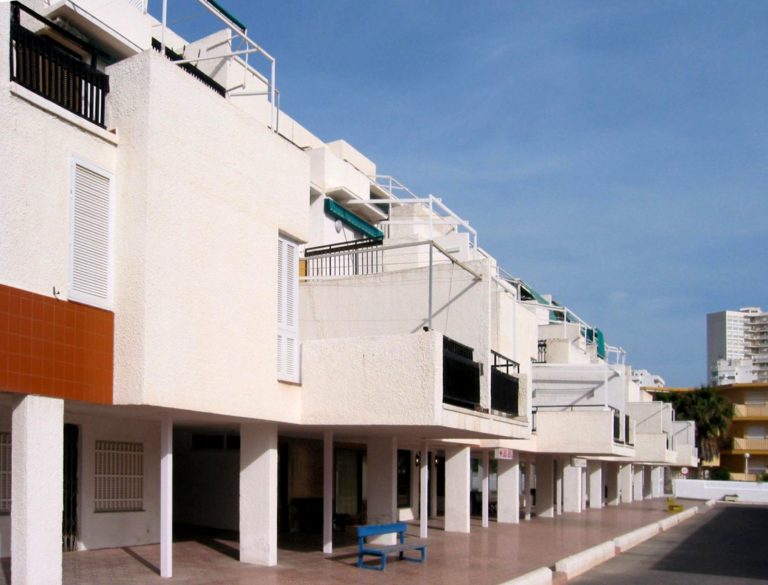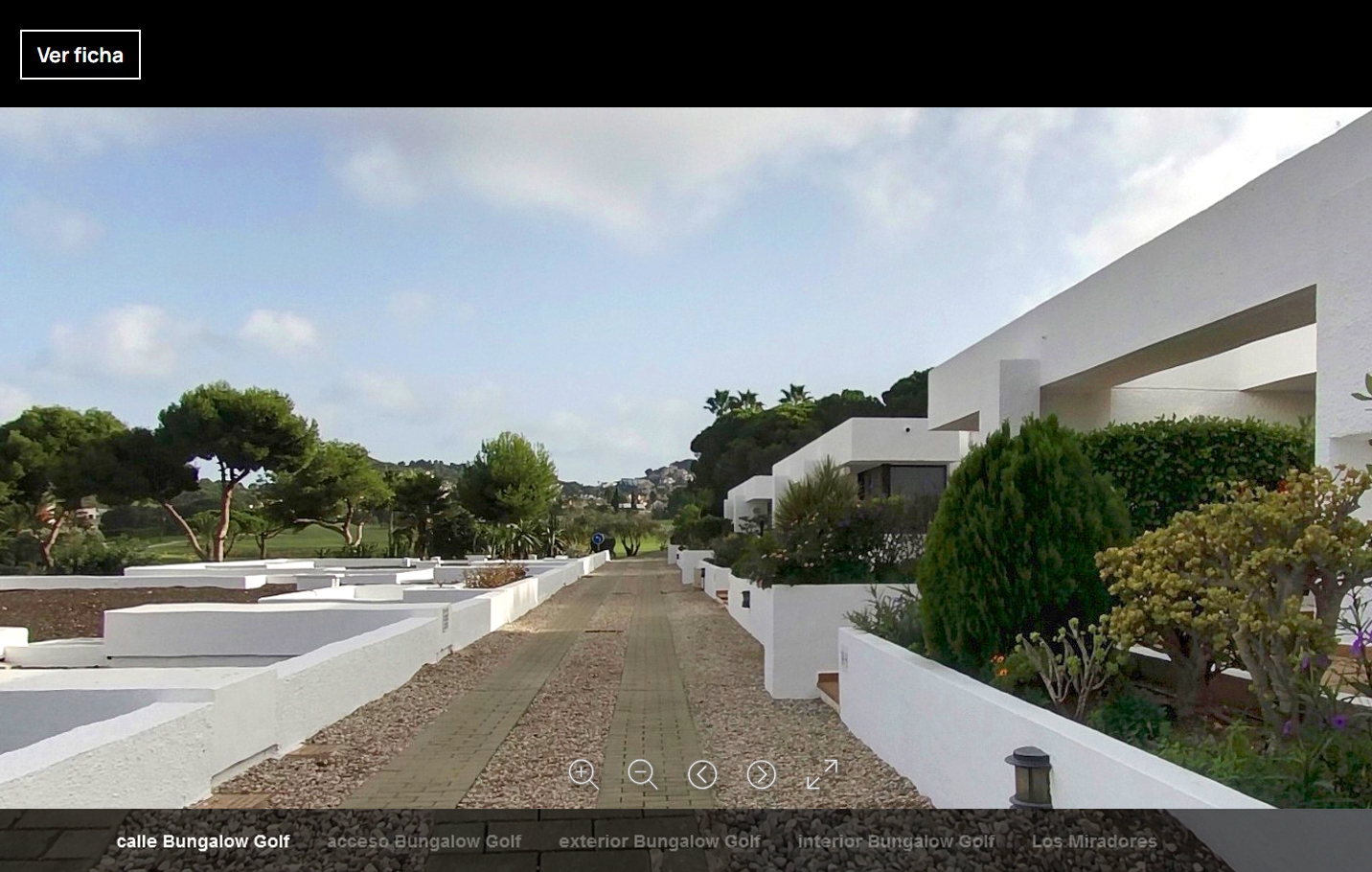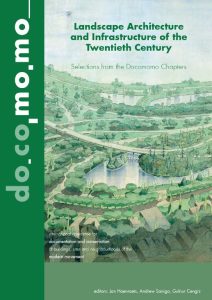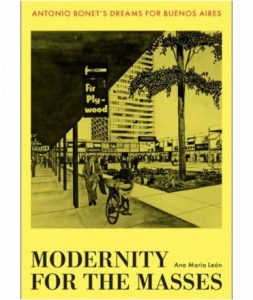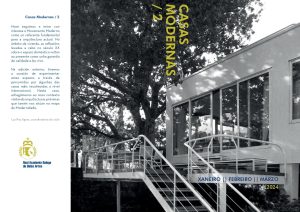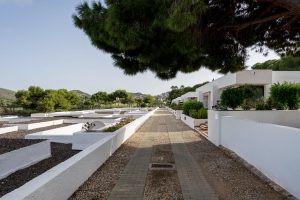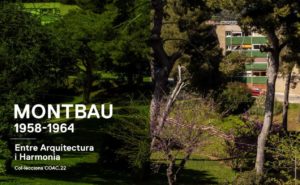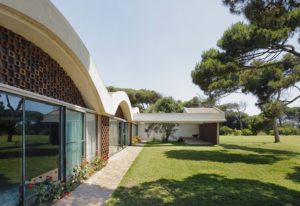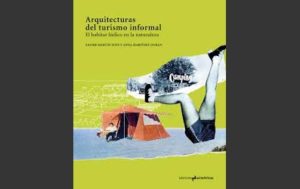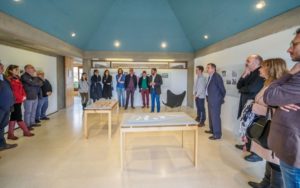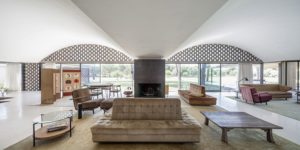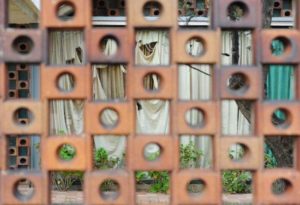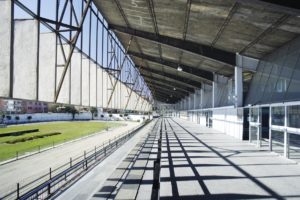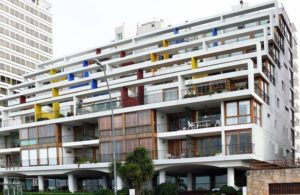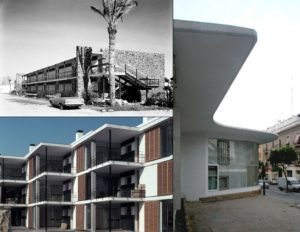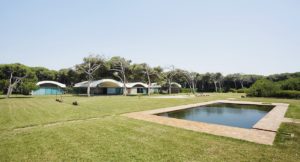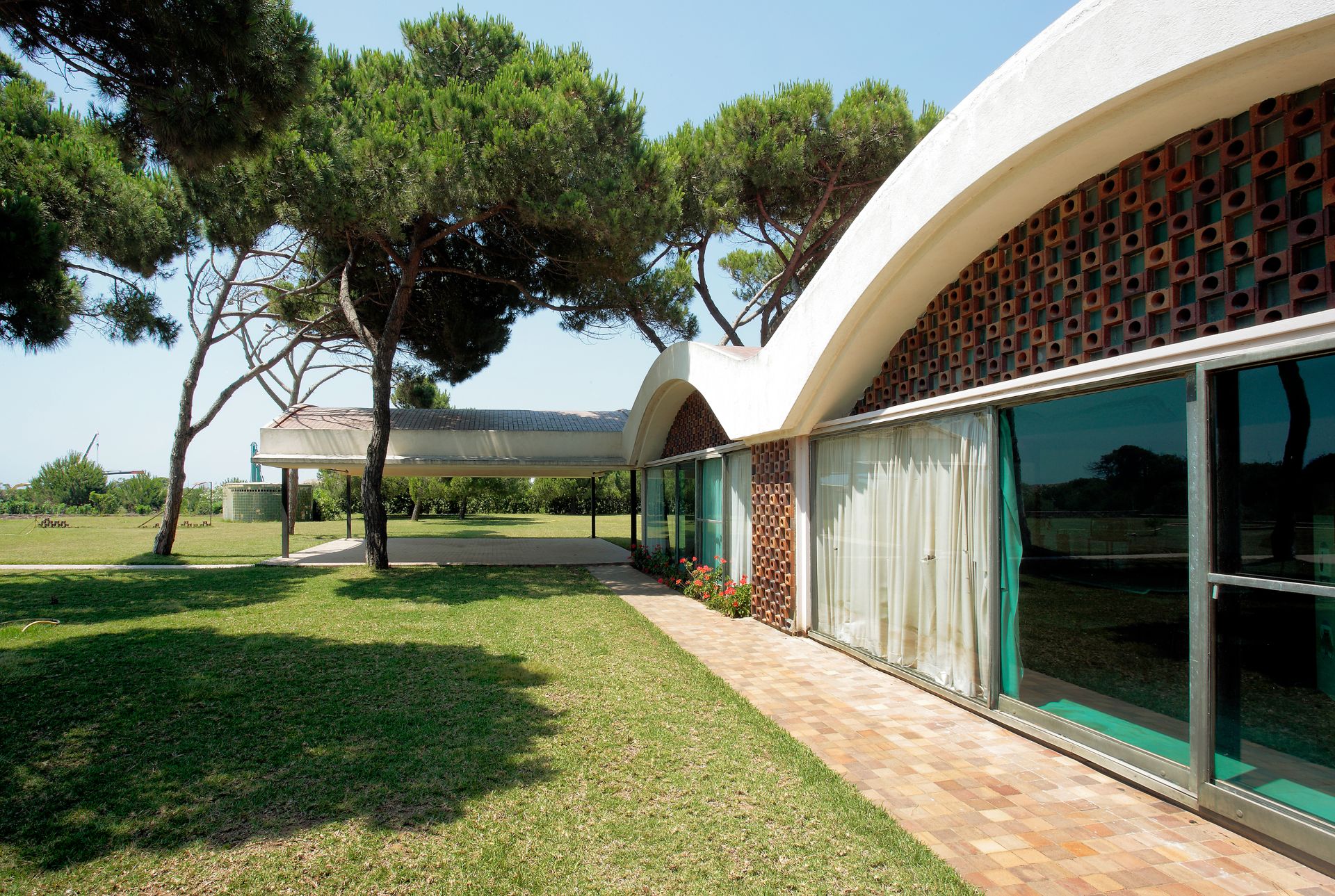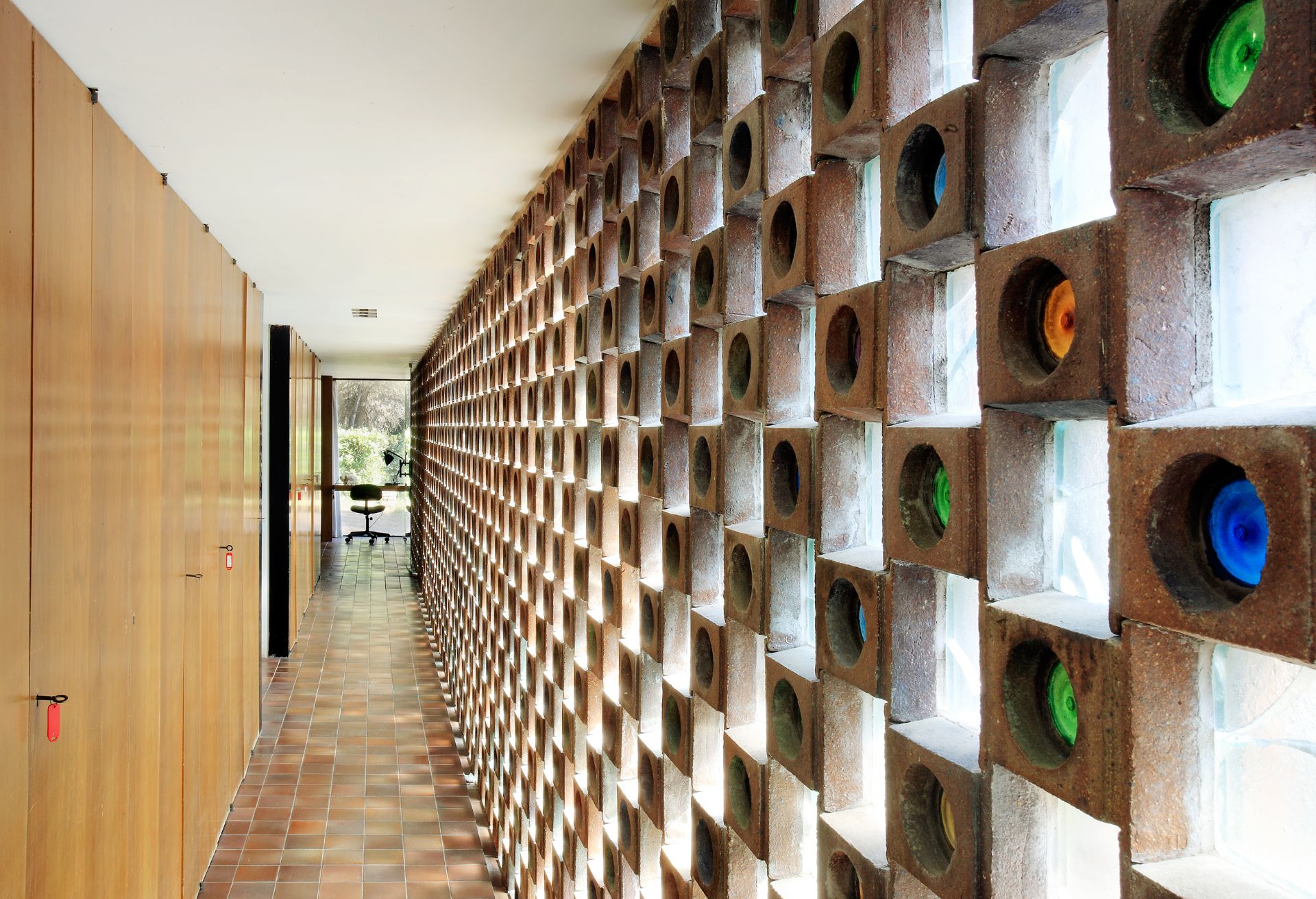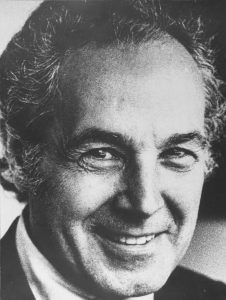
Antonio Bonet Castellana
Barcelona, 1913-1989
Antonio Bonet Castellana began his studies of architecture in Barcelona in 1929. His teachers included Josep Lluís Sert and Josep Torres Clavé, with whom he collaborated on the Roca jewelry store in Barcelona and the Casetes del Garraf. In 1933, Bonet traveled on the Patris II from Marseille to Athens to attend the International Congress of Modern Architecture (CIAM IV) as a student member of the GATEPAC.
Bonet participated in setting up the Pavilion of the Spanish Republic, designed by Josep Lluís Sert and Luís Lacasa, for the International Exposition in Paris. Despite the war, the legitimate government of Juan Negrín inaugurated the pavilion on 12 July 1937. Pablo Picasso, Joan Miró, Julio González, Alberto Sánchez and Alexander Calder, among others, all participated. As the Spanish Civil War was being fought, between 1936 and 1937 Bonet worked in Le Corbusier’s studio, where he met the Chilean architect and painter Roberto Matta. During this time, Bonet helped design the Maisons Jaoul and the Water Pavilion for the Liège International Exposition.
In 1938, Bonet went into exile in Argentina. Following the spirit of the GATEPAC, he founded Grupo Austral along with Juan Kurchan and Jorge Ferrari-Hardoy, colleagues from Le Corbusier’s studio. In 1938, he designed the residential building Paraguay y Suipacha in Buenos Aires, in collaboration with Abel López Chas and Alejandro Vera Barros.
From 1945 to 1948, he lived in Uruguay where he built the Punta Ballena development, the town to house the workers from the development, La Rinconada ─ his own house, the inn La Solana del Mar, the La Gallarda House for Rafael Alberti, and other houses, including the Gabriel Berlingieri House, built using reinforced brick, which was later developed by Eladio Dieste. During the construction of La Solana, he became friends with the painter Joaquim Torres García, who collaborated on the design of a wall.
Bonet attended the CIAM VII in Bergamo, in 1949, as a Uruguayan-Argentinian representative. He presented the lecture: “New Clarifications on Architecture and Urban Planning”, in which he described the theoretical foundations of his work. He illustrated the lecture with a documentary, La ciudad frente al río (1948), directed by Enrico Gras, which showed the Bajo Belgrano Housing Complex in Buenos Aires (1949).
1959 marked a turning point in Bonet’s career, as the volume of work coming in from Spain began to grow, leading to his return in 1963. That same year, the Meridiana Dog Track in Barcelona, designed with Josep Puig Torné, won the FAD Award. Bonet was 50 years old. His work, not only in furniture design and architecture, but also in urban planning, had received international recognition. The iconic BKF armchair entered the permanent collection of the MoMA in New York in 1944. The inn La Solana del Mar and the Berlingieri House appeared in photographs by Rosalie Thorne McKenna in the catalogue of the MOMA exhibition (1955) Latin American Architecture since 1945, curated by Henry-Russell Hitchcock.
The Gomis House, which also won the FAD Award, became an emblematic work of modern Spanish architecture. It was a meeting place for the Catalan avant-garde of the 1960s. Upon his return to Barcelona, Bonet had become known as a prestigious architect. In 1960, the Museum of Contemporary Art, directed by Alexandre Cirici-Pellicer, organized a monographic exhibition. Oriol Bohigas attributed this prestige to his work in urban planning on the American continent. In 1953, Bohigas published an essay in Destino called “Otro catalán que triunfa en América: el arquitecto Antonio Bonet”. This was echoed, in the context of Madrid, by the critic Carlos Flores, who stated in 1960: “The work he has done in architectural-urban design in Argentina situates him as the most important Spanish architect of the moment.” However, it is worth noting that after his return to Spain, Bonet was silenced, and he did not forge close ties with the Barcelona school. His work from the Spanish period reflects his experience as a seasoned architect and urban planner, who, in the 1960s and 70s, put his theoretical knowledge into practice, under a historical perspective, from the Athens Charter to the CIAM VII in Bergamo. Most of his work is concentrated in the Mediterranean, from Malaga, where he collaborated with Manuel Jaén, to Murcia, Tarragona, Barcelona and Girona, where he collaborated with Josep Puig Torné.
He died in Barcelona on 12 September 1989. The quality of his work has led to a reexamination of his career in recent years. Two of his works, the Gomis House and the HIFRENSA Village, have been declared Cultural Assets of National Interest.
Biography by Juan Fernando Ródenas
Bibliography
- PLA, Elisenda, RÓDENAS, Juan Fernando, Antonio Bonet: Poblat HIFRENSA_Settlement. COAC, Tarragona, 2005.
- ÁLVAREZ, Fernando, ROIG, Jordi, eds., Antoni Bonet Castellana 1913-1989, Col·legi d’Arquitectes de Catalunya, Barcelona, 1996.
- ÁLVAREZ, Fernando, et al. La Ricarda. Antoni Bonet, Barcelona, COAC, 1996.
- ÁLVAREZ, Fernando, ROIG, Joan Antonio Bonet y el Río de la Plata, CRC Galería de Arquitectura, Barcelona, 1987.
- KATZENSTEIN, Ernesto, NATANSON, Gustavo, SCHVARTZMAN, Hugo, Antonio Bonet. Arquitectura y Urbanismo en el Río de la Plata y España, Espacio Editora, Buenos Aires, 1985.
- BALDELLOU, Miguel Ángel, ORTIZ, Federico, La obra de Antonio Bonet, Summa, Buenos Aires, 1978.
- HITCHCOCK, Henry-Russell. Latin American Architecture Since 1945, Museum of Modern Art, New York, 1955.
